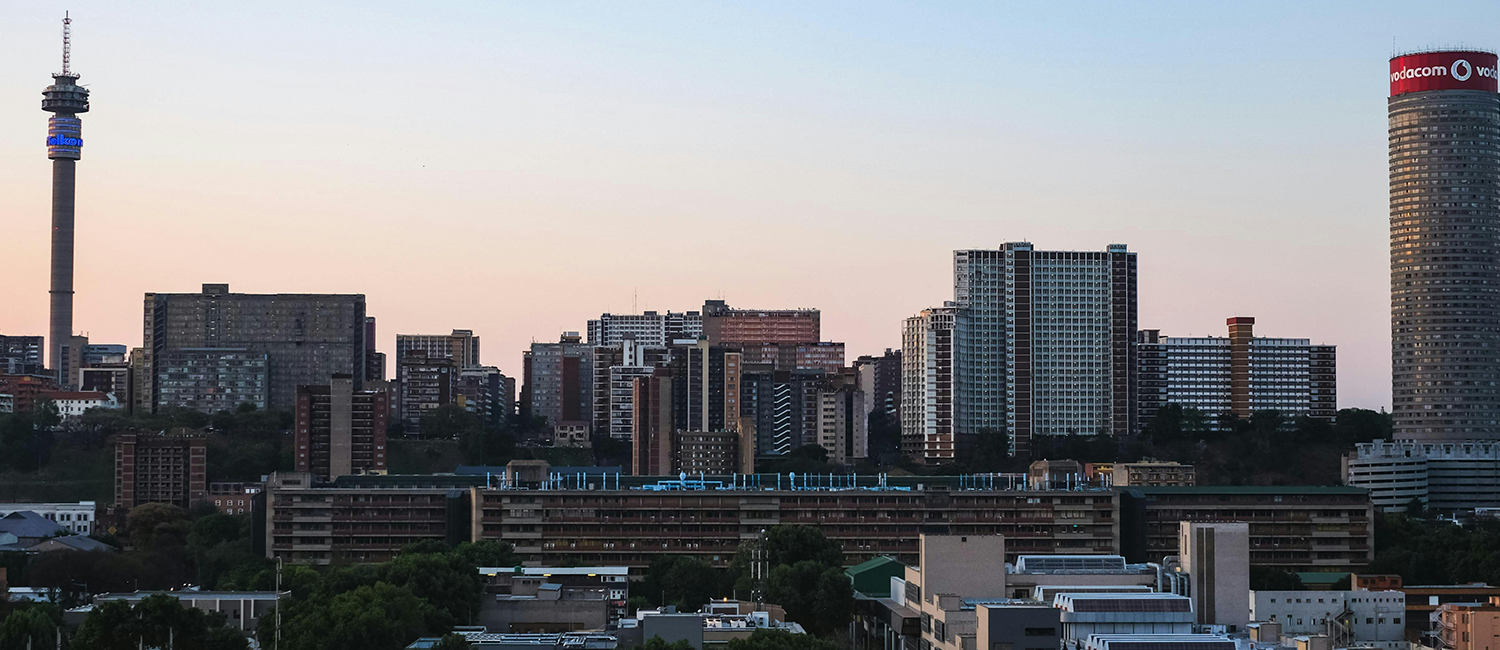An award-winning organisation, the JDA has been internationally acknowledged for excellence on various platforms. Most recently, the agency was recognised and honoured for its innovation and creativity in two local arenas.
In August, it received the Increasing Access to the Arts Award from Business and Arts South Africa (Basa) for its Diepsloot Public Artworks Programme. The programme formed part of the Diepsloot public environment upgrade.
The JDA appointed The Trinity Session to curate public art for the area, with a specific focus on the entrance to Muzomuhle Primary School and its surrounds. The Trinity Session partnered with the Diepsloot Arts and Culture Network (DACN) and Sticky Situations, an organisation that has been working alongside Diepsloot artists for about six years.
Local artists and pupils at the school were involved in workshops, out of which they created sculptures using recycled material. For the first time, performance art was included in the design and production, and several of the artworks now double up as play equipment for children.
The 16th Annual Business and Arts South Africa Awards ceremony was held at the impressive Johannesburg City Hall. “Nearly 100 years after the landmark building was completed,” said Basa, “the cultural heritage it represents was reaffirmed by the diversity and creativity of the 12 business and arts partnerships that were celebrated at the event.”
They are the only awards in the country that recognise business and arts partnerships. Basa chief executive Michelle Constant said: “This year, the nominees and the winners once again show that there is real value in business partnering with the arts to reach their markets, and achieve shared value.”
The JDA was one of two winners of business arts partnerships forged by local government and municipalities. The Arts and Environment Award, supported by Nedbank, was won by the uMngeni Municipality for the Nelson Mandela Capture Site. An independent panel of judges evaluated the success of each partnership in achieving its objectives and in bringing genuine value and benefit to both partners.
A few months later, in October, the JDA was featured in the South African Institution of Civil Engineering Awards for the Most Outstanding Civil Engineering Achievements for 2012/2013. This time, the ceremony was held at Emperors Palace, in Joburg’s neighbouring Ekurhuleni Municipality.
The agency received a commendation for Technical Excellence Projects in the National Projects category for the Newclare and Bosmont underpass, between Price Street and Hoy Street. The institution, Saice, explains that the honours are project and people awards for excellence in civil engineering. This year, it received 35 project entries from across the country – a new record. The other two categories were Technical Divisions Projects and Institutional Awards.
About the Technical Excellence Projects, Saice said: “The civil engineering industry makes a huge contribution towards infrastructure creation and the resultant economic and social development in South Africa. Exceptional projects have again been entered.
“The City of Johannesburg’s urban development policy focuses on the need to create compact cities and limit urban sprawl to use urban infrastructure effectively. The primary measure to support this policy is the Rea Vaya Bus Rapid Transit system. The road-under-rail crossing linking Price and Hoy streets, which run parallel to the railway at the Newclare Railway Station, assists with traffic flows in this area.”
The underpass is 52.5 metres long and there was a large volume of very hard quartzite in the embankment – and this unexpected occurrence at a critical time delayed the jacking by almost six months. “During the 18-month contract period, 30 local labourers were employed and trained in basic construction activities. Small to medium enterprises were employed for managing the traffic on the roads adjacent to the site, as well as the paving of the sidewalks. The adoption of two semi-complete structures for the crossing is considered innovative.”

